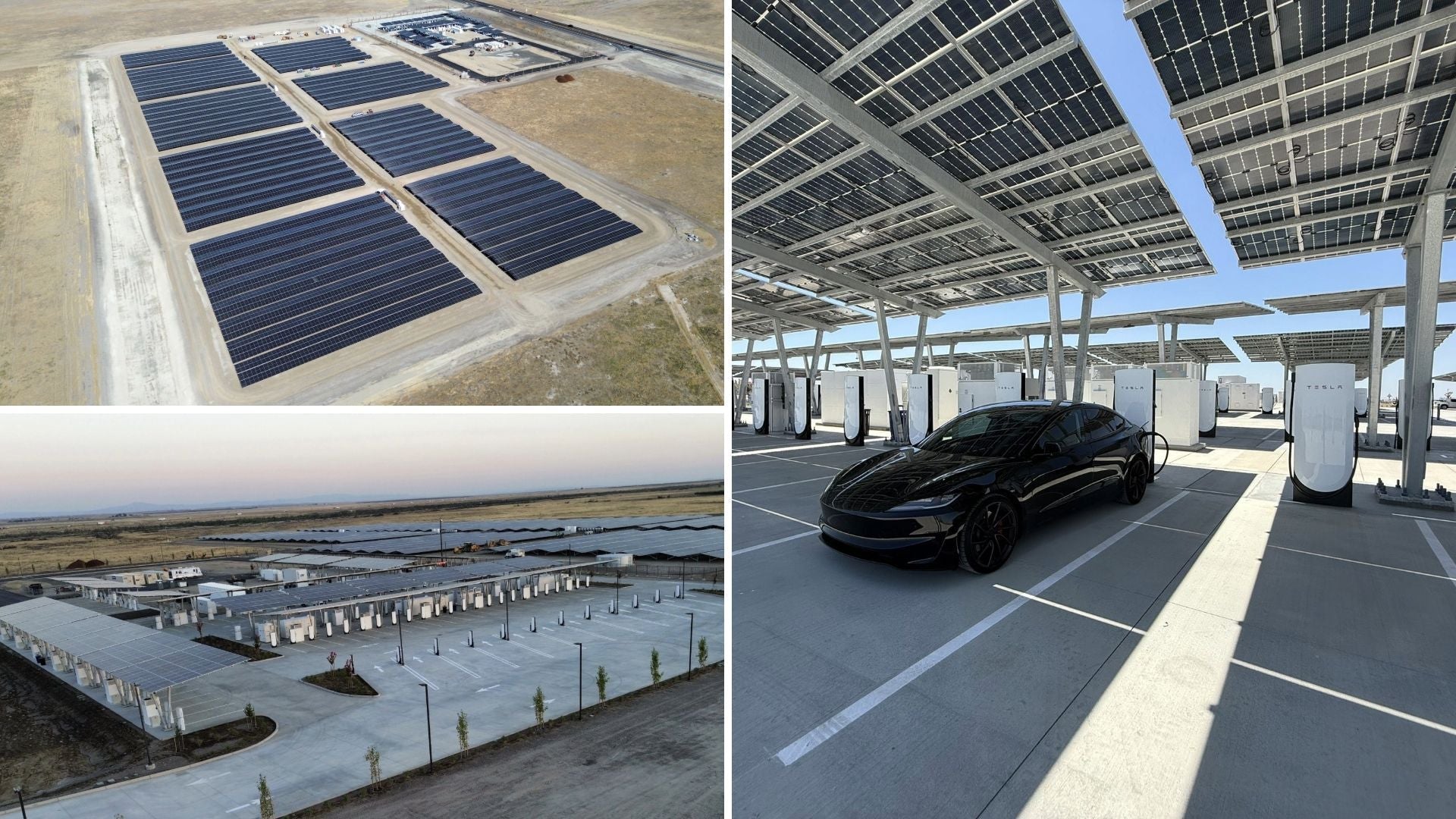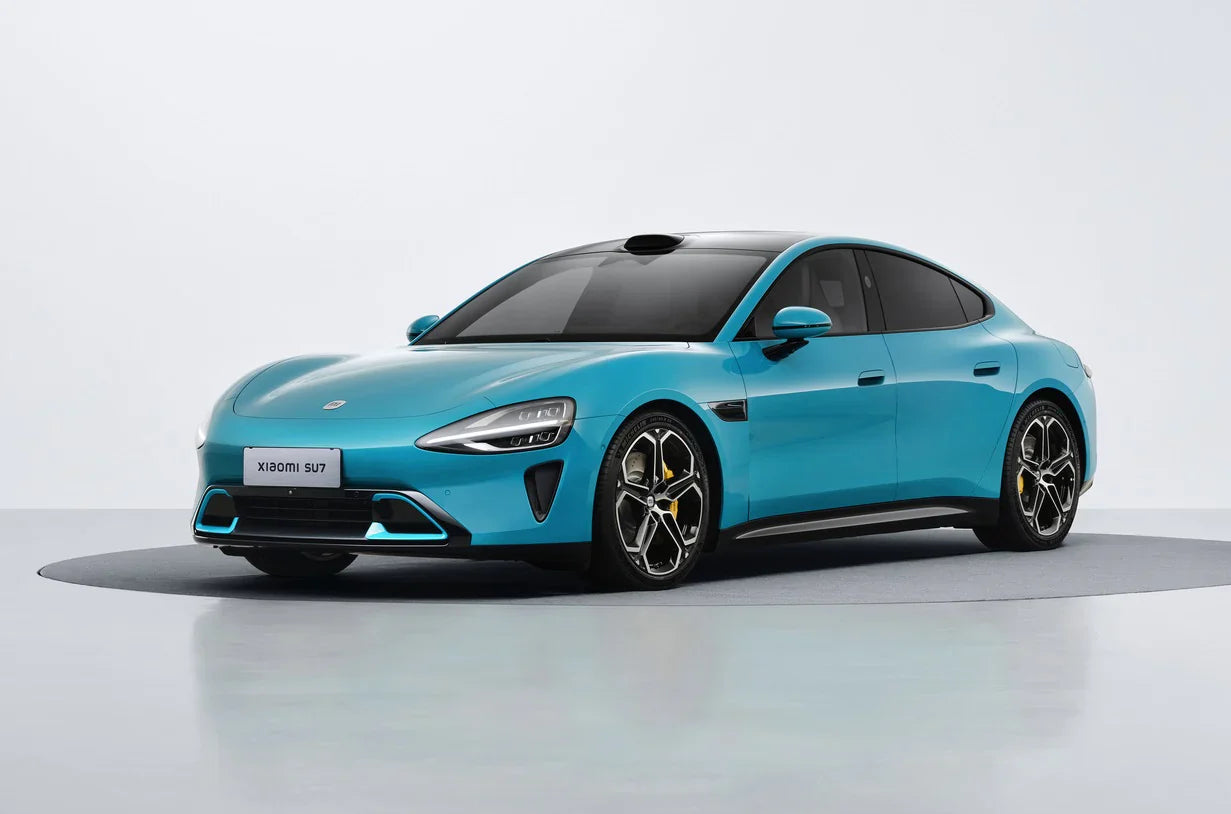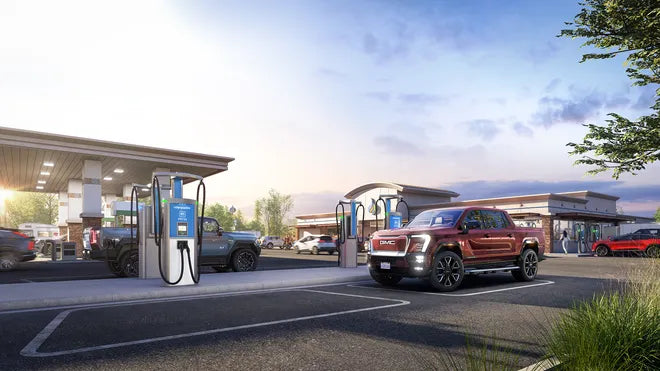Tesla has inaugurated its first fully off-grid Supercharger station, marking a milestone in the company’s clean energy ambitions. Located in Lost Hills, California, the station operates independently of the power grid, using only solar energy and Megapack battery storage. Once fully complete, it will be the largest Tesla charging site globally, providing a blueprint for the future of EV infrastructure.

Solar-Powered Charging, 24/7 Capability
At the core of the project lies a massive 11 MW solar array, stretching across 30 acres of both ground-mounted and canopy installations. The system is backed by 10 Tesla Megapacks, each capable of storing 39 MWh of energy. This configuration ensures the station can continue operations long after the sun sets, with the potential to charge up to 1,000 EVs per day under typical usage conditions.
Though a 1.5 MW grid connection exists for emergency support, Tesla emphasizes that the grid is merely a backup—the site’s solar generation can exceed energy demand by up to 7x in optimal conditions.

Building the Largest Supercharger Hub
Currently, 84 charging stalls are open and operational, with plans to expand to 168 stalls by the end of 2025. Once complete, this "Oasis" station will be the largest EV fast-charging hub along the I-5 corridor—one of the busiest highways connecting San Francisco and Los Angeles.
Tesla’s aim is to deliver consistent, high-speed charging without drawing from traditional grid infrastructure, reducing strain on California’s already-challenged electrical system and increasing reliability for drivers on long routes.
Advancing to V4 Superchargers
The Lost Hills station is also part of Tesla’s Supercharger V4 rollout, designed to support a wider range of EVs and voltage architectures. V4 cabinets feature:
-
Charging speeds up to 500 kW for Cybertruck and compatible EVs
-
Support for 1.2 MW charging for Tesla Semi trucks
-
Compatibility with 400V to 1,000V systems
-
Double the capacity per cabinet, enabling 8 posts per unit
These advancements reduce installation complexity while dramatically improving site throughput and charging efficiency.

Enhanced User Experience: Virtual Queueing
To accommodate growing traffic and reduce congestion, Tesla will introduce a virtual queuing system. This long-requested feature allows drivers to reserve charging slots digitally, minimizing idle wait times and improving station flow during peak travel periods. Especially important for holiday weekends and high-traffic corridors, the feature reflects Tesla's shift toward software-optimized infrastructure.
A New Chapter for Sustainable Mobility
Tesla’s off-grid Supercharger station demonstrates a practical, scalable pathway toward energy self-sufficient EV infrastructure. It is a cornerstone in Tesla’s broader vision to integrate solar generation, battery storage, and electric transportation into one unified system.
The project also reflects a deeper strategic pivot by Tesla: from merely building EVs to owning and operating the full stack of clean energy infrastructure, independent of political cycles or grid limitations.
As global demand for EVs accelerates, Tesla’s Oasis project may serve as a template for future charging stations worldwide—capable of meeting energy needs without overloading fragile power systems.
Author: Lay Wen
Cover Image Source: https://www.autoevolution.com/news/tesla-partially-opens-its-biggest-supercharger-station-in-the-world-powered-by-the-sun-253927.html







Share:
Tesla HW3 Update: What’s Happening in 2025
California’s EV Growth Demands Coordinated Infrastructure Planning